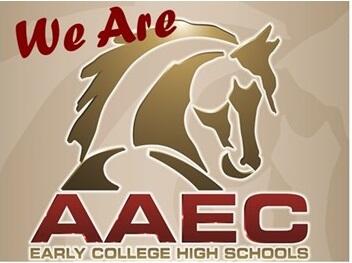
Solar Oven
Cooking with solar ovens in Ms. Young's class sounds exciting and educational. Solar ovens utilize the power of the sun to cook food, making them an environmentally friendly and sustainable cooking method. Here's a general outline of how a cooking session with solar ovens in Ms. Young's class might go:
1. Introduction to Solar Energy: Ms. Young can start by explaining the concept of solar energy. She can discuss how sunlight is converted into heat energy and how solar ovens harness this energy for cooking.
2. Solar Oven Design: Ms. Young can show the class the solar ovens they will use. She can explain the basic design, which typically includes reflective surfaces to concentrate sunlight onto a cooking chamber. This is also an excellent time to discuss safety precautions, such as not looking directly at the sun or touching hot surfaces.
3. Ingredients and Recipes: Ms. Young can give the students a simple recipe they can prepare in the solar oven. This could be solar-baked cookies, roasted vegetables, or even a small pizza. The recipe choice can be adjusted based on the age and skill level of the students.
4. Preparing the Food: The students can then prepare the ingredients for their chosen recipe. They may need to assemble cookie dough, vegetables, or pizza toppings.
5. Using the Solar Ovens: The solar ovens are set up in a sunny location so the students can place their prepared food inside. Ms. Young can explain how to position the oven to capture the most sunlight and adjust the reflectors' angle if necessary.
6. Monitoring and Observation: Students can observe and record data while the food is cooking. They can measure the temperature inside the solar oven, record the time it takes to cook the food and note any changes they see.
7. Discussion: Once the food is cooked, Ms. Young can facilitate a conversation with the students. They can talk about their observations, the effectiveness of the solar oven, and the environmental benefits of using solar energy for cooking.
8. Taste Testing: The best part comes at the end – taste testing! Students can enjoy the food they've prepared and discuss its flavor and texture.
9. Conclusion and Reflection: Ms. Young can wrap up the activity by summarizing the key takeaways. She can encourage students to reflect on what they've learned about solar energy, sustainability, and cooking techniques.
10. Follow-Up Activities: To reinforce the concepts learned, Ms. Young can assign follow-up activities, such as writing a report on their solar cooking experience, creating posters about solar energy, or researching other sustainable cooking methods.
Cooking with solar ovens teaches students about renewable energy and promotes hands-on learning, teamwork, and critical thinking. It's an engaging way to connect science and environmental education with practical skills in the kitchen.

